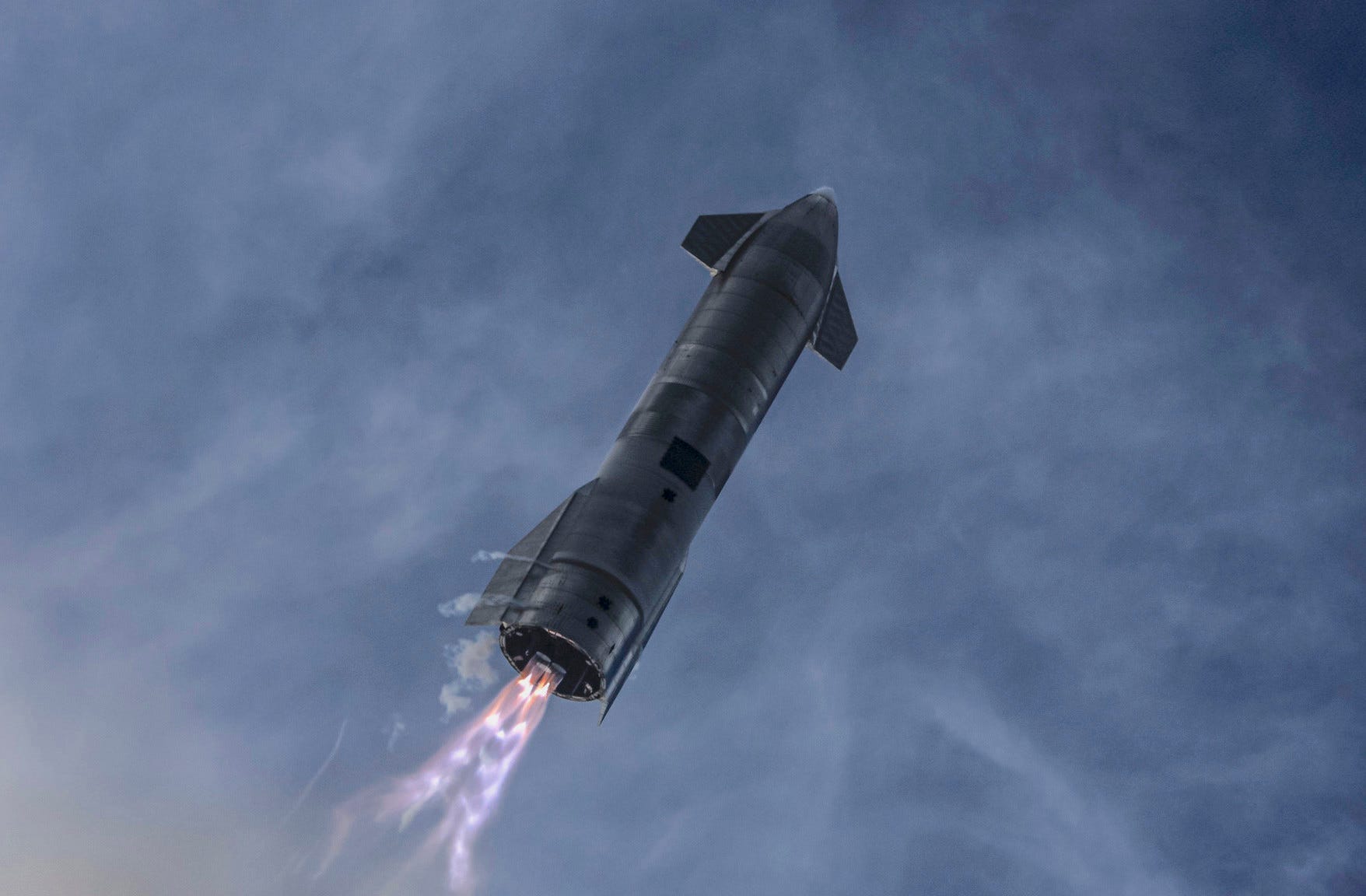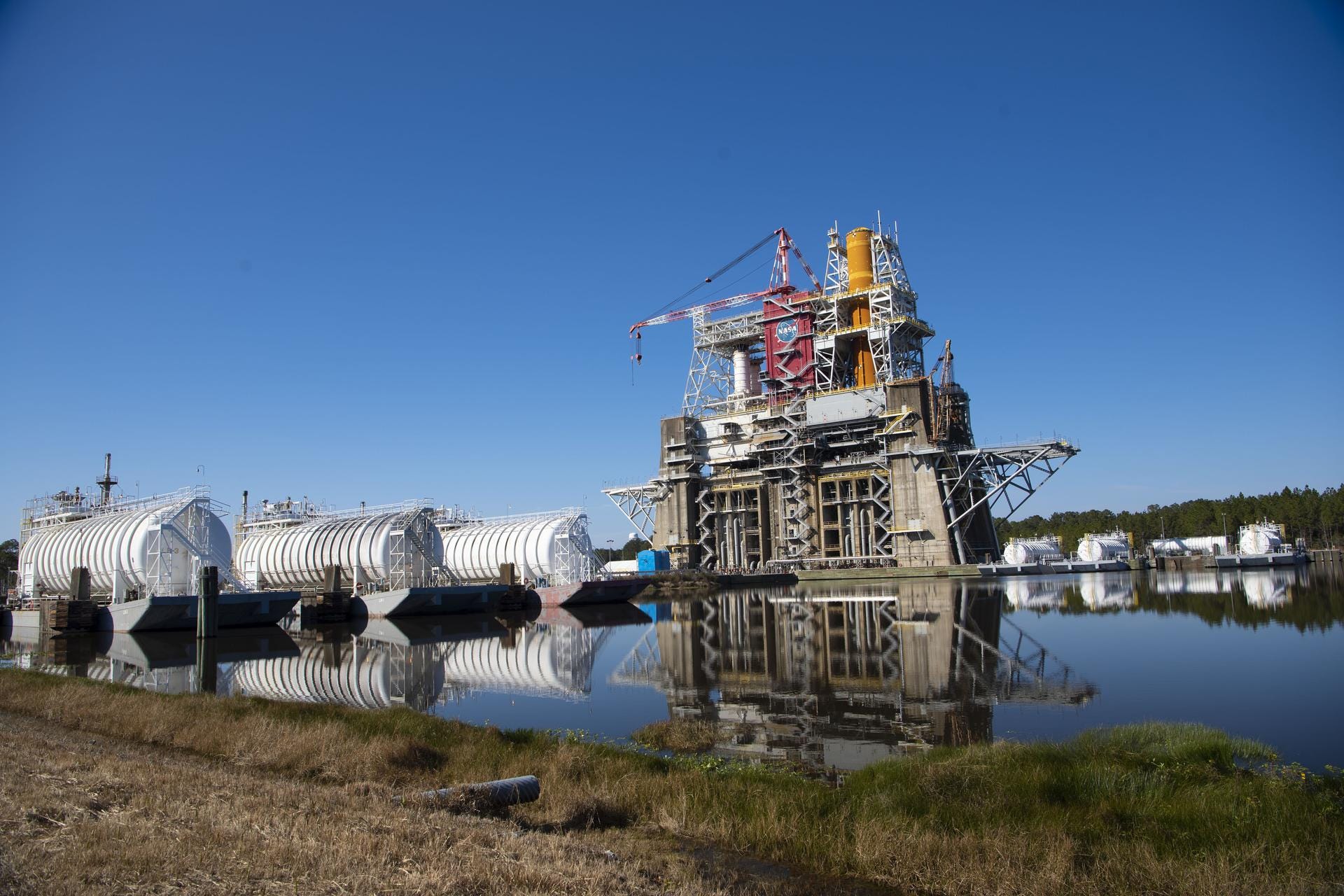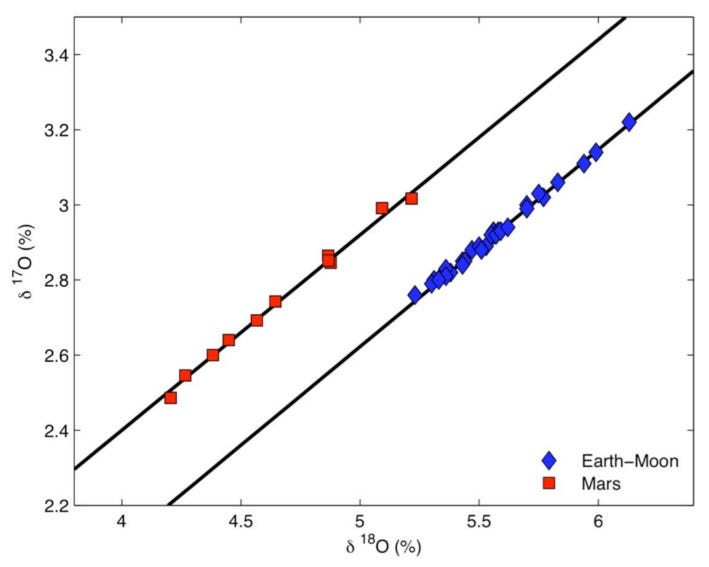Moon Monday Issue #17
SpaceX lands Starship prototype, Intuitive Machines and Astrobotic on track for robotic Moon landings this year, paper on the Moon's origin, a sodium tail, and more developments in the lunar space.
Highlight

SpaceX successfully performed the first high-altitude test flight and landing of a prototype Starship rocket, SN10, on March 3, 2021. About 10 minutes later, the rocket exploded from the bottom, briefly rose upward as a result, and then crashed back into the pad (slow motion video).
A variant of the final version of Starship is one of the three bidders to land astronauts on the Moon for NASA in this decade as part of the agency’s Artemis program. SN10’s ultimately bittersweet launch could swing either way for SpaceX as NASA down-selects from three to two players for the (Lunar) Human Landing System contract award next month.
Meanwhile, Yusaku Maezawa, who purchased a Starship commercial flight to go around the Moon in 2023, has announced 8 free seats for any Earthling on his behalf. Registration ends March 14, and final crew selection will be made around June.
Exploration
The SLS rocket engineers have fixed the functioning of the liquid oxygen valve that caused the rocket’s hot-fire retest to be delayed, and are now targeting the test to be in mid-March. Meanwhile, assembly of SLS’ twin solid rocket boosters is nearly done with the addition of the fifth pair of segments, and the nose assemblies are next. Artemis I will either launch towards the very end of this year, which NASA is still official sticking to, or more likely in the first half of 2022.
In a policy brief to the Biden Administration, George Abbey, the former director of Johnson Space Center, questions the need for the SLS rocket and its cost ineffectiveness, as captured in this closing statement.
In view of the current availability of a significant number of commercial launch vehicles with proven payload capabilities, as well as the industry’s progress in providing a launch vehicle with significantly greater lift capabilities, the Biden administration should reconsider the need for the SLS during its annual budget review. Its launch costs are much greater than those being quoted for existing rockets, as well as those projected for larger commercial boosters with comparable payload capabilities to the SLS. Affordability must always be considered in view of demanding budgets and in view of the availability and the acceptability of lower-cost alternatives.

NASA’s first two CLPS Moon missions are still scheduled to land this year. At a March 1 meeting of NASA’s Planetary Science Advisory Committee, Joel Kearns from the Science Mission Directorate said that Intuitive Machines’ lander will touchdown on the Moon in November while Astrobotic’s lander will arrive in December. On a related note, Intuitive Machines has provided a nice, technical overview of the company’s progress in February towards their first mission.
NASA’s VIPER mission to map water ice on the Moon’s south pole by exploring permanently shadowed regions is now going to cost $433.5 million instead of the originally projected $250 million. NASA said the original cost was based on the initial mission design, which has since then “evolved to support an enhanced science investigation”. An example of that is the mission will explore the lunar south pole for 100 days to map both the vertical and lateral distributions of water and other volatiles in its landing region which future crewed missions will benefit from, as opposed to the limited 14-day mission of its spiritual predecessor Resource Prospector.
Science
Here’s a nice, detailed review paper on recent advances in our knowledge of the Moon’s origin. The paper ends by highlighting ten key datasets that would clear the dust (pun intended) on open questions regarding the Moon’s formation, such as getting a better understanding of the role of magnetic fields. One unintuitive measurement in the list is knowing the isotopic composition of Venus so we can get a better hold on what made the inner solar nebula, and thus the Earth-impactor that most likely led to the Moon’s formation. Related: How the Apollo missions transformed our understanding of the Moon’s origin

Scientists have discovered that our cosmic neighbor develops a comet‐like glowing tail every New Moon. This is caused by the solar wind and meteoroid impacts ejecting sodium atoms from the lunar surface and energizing them, with sunlight pressure pushing them over to the nightside. The (literally) excited sodium atoms form a diffuse cloud five times the Moon’s diameter, which is (unfortunately) 50 times fainter at best for our unaided eyes to see.
More Moon
A local article on Zhang Yuhua, a key figure in China’s major space milestones in the last three decades, from their first human spaceflight to the Chang’e spacecraft and the Tianwan-1 Mars mission. Yuhua serves as the deputy chief commander of the Chang’e-5 and Tianwan-1, and was the first female commander at the Shanghai Academy of Spaceflight Technology.
The story of discovering water on the Moon spans at least two decades, across space agencies. This is my popular science article on how hints of lunar water since the 1990s ultimately culminated into the 2009 discovery by ISRO and NASA, and a similar trajectory exists for the discovery of water in the lunar soil by the SOFIA observatory.
Thank you Dany Waller for supporting me and powering this edition of Moon Monday.
Everyone, I’m publishing this one-of-a-kind Moon exploration newsletter for free, with no ads. And it will stay that way. If you like my work, support me to keep it going. Monthly supporters will be credited in future Moon Monday issues with a link to their website/social.
